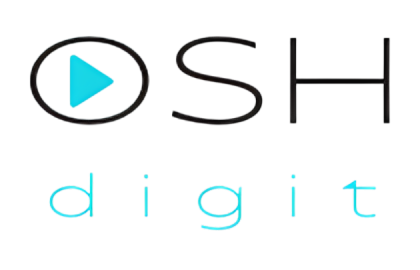Your cart is currently empty!
14. The role of the Tutor

The role played by the tutor is very determinant in the performance of the team because the tutor is responsible for the stimulation of interest and for more detailed and profound research carried out during the learning process. The tutor verifies the capacities development defined by the Project Guide and the presentation of the final solution found by the team; in short, it is responsible for monitoring the project process.
The tutor is responsible for discussing the peer assessment results, but the evaluation is not considered. The goal is to determine the fragilities feel in these evaluations and try forms to resolve them. It is also convenient for the mentor to try to verify the individual progress, especially for identifying the difficult contribution related to some team elements.
Th tutor is also responsible for reporting the development/progress and the consequent team functioning, to the coordination team of the project, and reporting to the team decisions made by the coordination related to the project operation. The tutor can give valuable information to teachers of the different areas comprehended in the PBL.
Alves et al., (2007) also include the following responsibilities: establishing greater proximity with the respective project teams; identifying team organisational problems and conveying information that is relevant to the team.
During this process, whenever necessary, the tutor provides other relevant information to the team. In the role of tutor, on the one hand, the tutor is not teaching curricular units’ contents and, on the other hand, as a person who is close to the team, the tutor is not carrying out the project, so the tutor should not present solutions regarding the content of the project, but rather, guide the student team in the most desired direction. The tutor will be able to help make decisions, resolve conflicts, deal with peer review, and also give feedback or suggest sources of information such as, for example, bibliography, UC professors, other professors, websites and information available in companies related to the theme of the project.
-
10. Index

Students Construction of the coordination team of the project The role of the Tutor Description of the Project Presupposition Skills Development Timing Organization Evaluation Peer Assessment Self-reflection to collect student´s feedback about evaluation Resources Bibliography
-
11. Introduction

The OSHDigit project is an innovative and contemporaneous vision of the learning process and because of that the main objective is the introduction of new methodologies of teaching/learning. This learning concept fits into the teaching-learning model of active or cooperative learning (Lima et al., 2007). With the objective is developing new and refreshing methods of…
-
12. Students

This project includes Occupational Safety and Health students who want to acquire knowledge of the different programmatic contents. It is essential to connect with the team to accompany all development systematically. Having a remote connection and physical availability is imperative because some of the activities can also stimulate the interaction between digital and real realities.…
-
13. Project coordination team

The coordination team is composed of the teachers of the curricular units involved in this project, and that can give support to its development. That involves the tutors related to the different teams, the course director, and sometimes researchers from the educational area. The professors’ essential contribution is giving technical support to achieve the competencies…
-
14. The role of the Tutor

The role played by the tutor is very determinant in the performance of the team because the tutor is responsible for the stimulation of interest and for more detailed and profound research carried out during the learning process. The tutor verifies the capacities development defined by the Project Guide and the presentation of the final…
-
15. Description of the Project

The project developed in this scope does not have a singular answer. The requisite is to be challenging and constructive for the teams involved, and for all individuals. The students need to develop and demonstrate the skills obtained through the different curricular units athwart the project. Topic Usually, the topic is suggested by the university…
-
16. Presupposition Skills Development

The skills that should be developed by the students through the development of this project are illustrated in the following image: Essentially, it is intended that students can acquire knowledge from the different areas involved but furthermore that they can establish a relationship between the concepts and the subjects of all the curricular units. Cross…
-
17. Timing Organization

Organization of the first/second week- pilot project Time organisation becomes crucial to achieve the targets and positively evaluating the control points (see control points below). As such, an initial organization of the project must be presented in the beginning, which will work as a guideline that can be applied in the primordial phase (1st week)…
-
18. Evaluation

The final punctuation/score of the student is dependent on the methodology adopted by the different disciplines involved. This can depend on multiple and distributed moments of evaluation like tests, team papers, class participation, etc. This should be designed by the teachers and communicated to the students during the initial moments of each curricular unit. The…
-
19. Peer Assessment

Involving students in evaluation can be beneficial for the learning process. Falchikov (1995) defines peer assessment as an evaluative process through which teams of individuals rate their peers/mates. This assessment practice uses rating instruments or checklists designated to fill teams’ particular needs (Dochy et al., 1999). However, students and teachers still feel insecure about this…
